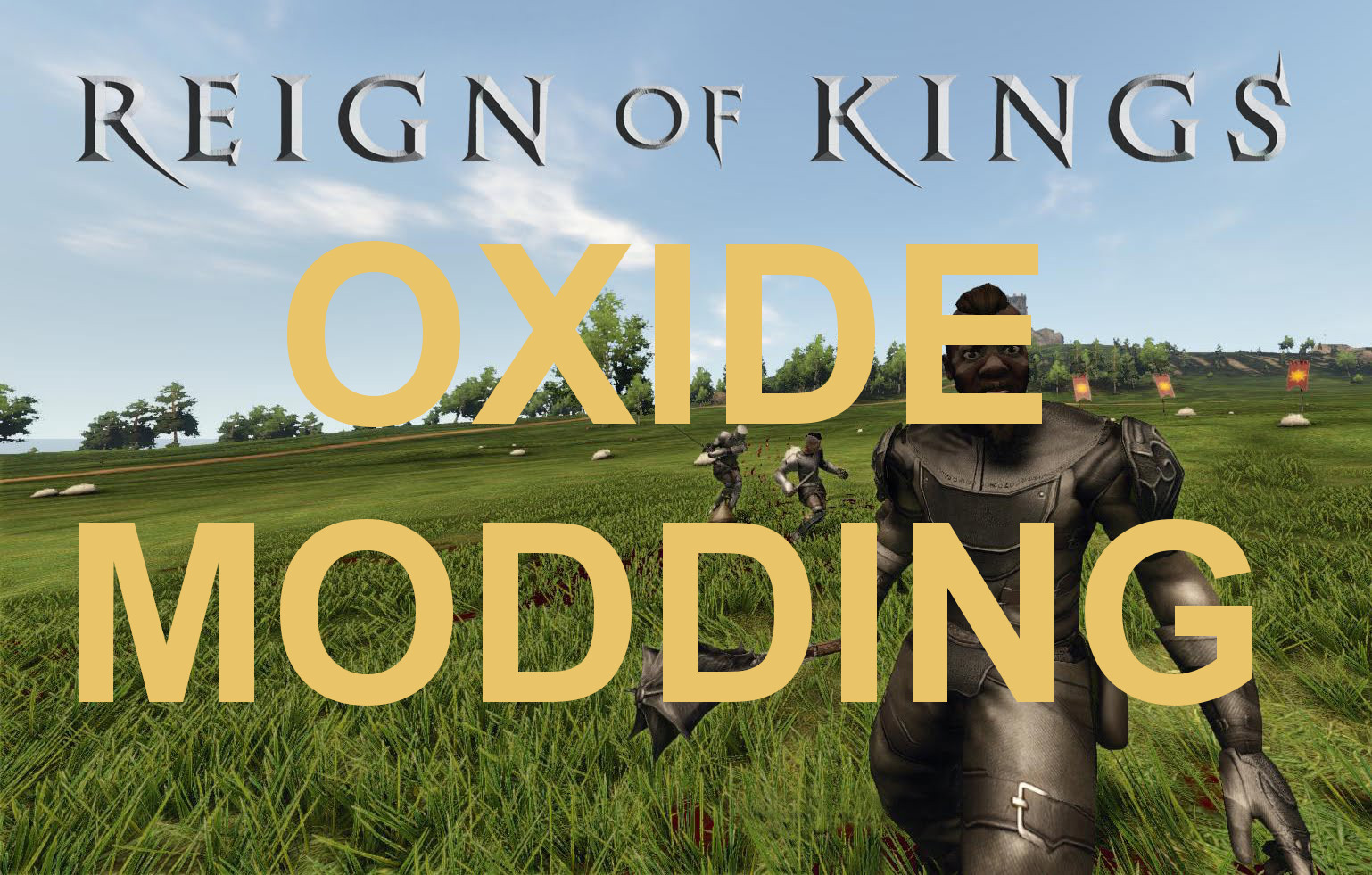

The provisions of both states came from these lands. Orthodox Christian rulers were appointed to regions on the western outskirts of the empire such as Hungary and Romania.įor both Byzantium and the Ottoman Empire, Anatolia, Mesopotamia and Egypt were economically more important than Europe.

The important thing for the Ottomans was that those lands were subject to them politically and they paid taxes. After conquering those lands, they left the administration to Christian rulers who were loyal to them. The Ottomans did not rule the Balkans directly. The Ottoman policy of expansion towards the West was ideological rather than economic. The Ottomans were one of the states established after the disintegration of the previous Turkish state in Anatolia, the Seljuk Sultanate of Rum. This religious title was used by the Ottoman Sultans after the conquest of Mecca and Medina.Īccording to the books I read and the education I have received so far on Ottoman history, the heart of the empire was Anatolia. Meaning the spiritual leader of Islamic World. The Ottoman Sultans also carried the title of Caliph (Halifa) from the time of Selim I (1512-1520). Murad I (1362-1389) considered as the first Sultan, since he built the foundations of Ottoman army, society, laws of the Ottoman State.

Ottomans Kings carried these titles: Sultan (Arabic: King, Ruler), Padishah (Persian: Shah Of the World), Khan (Turkish: Referring to ancestors from Central Asia)Īdditionally the first two rulers, Osman I and Orhan were called as Ghazi (The warrior) since the Ottomans were no more than a warlike principality then. In this article, you can discover facts about Ottoman history accompanied by map of the Ottoman Empire. The first 10 rulers of the Ottoman Empire is considered as the most successful kings. Ottoman Empire was founded in 1299 by Osman Ghazi (aka Othman) and consistently grew from 1299 to 1683.


 0 kommentar(er)
0 kommentar(er)
